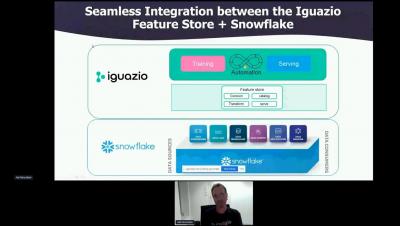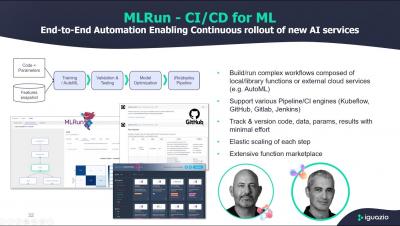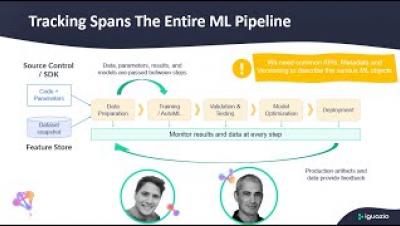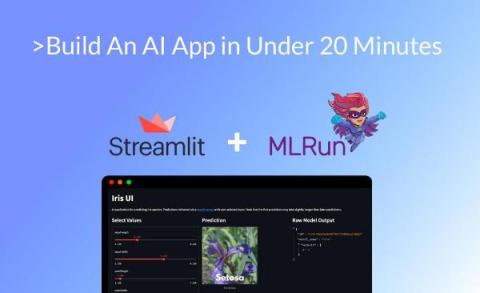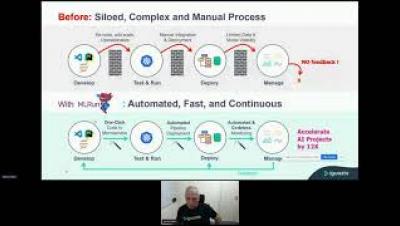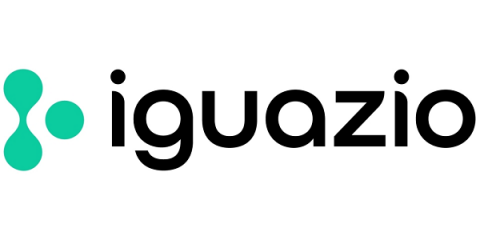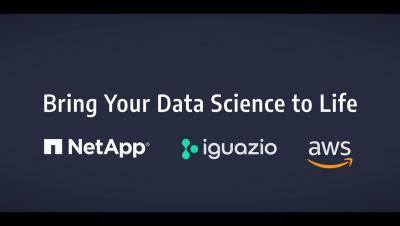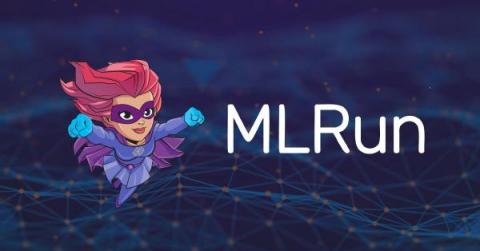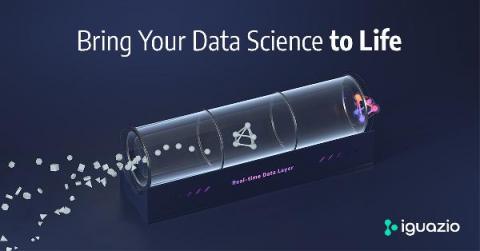Systems | Development | Analytics | API | Testing
Iguazio
Best Practices for Succeeding with MLOps ft. Noah Gift - MLOps Live 18
From AutoML to AutoMLOps: Automated Logging & Tracking of ML - MLOps Live #19
Build an AI App in Under 20 Minutes
Machine learning is more accessible than ever, with datasets available online and Jupyter notebooks providing an easy way to explore and train models. In building a model, we often forget that it will be incorporated into an application that will provide value to the user. Therefore, we wanted to demonstrate how we can "use" the models we build in an application.
MLOps World Toronto: MLOps Beyond Training Simplifying and Automating the Operational Pipeline
Top 27 Free Healthcare Datasets for Machine Learning
Machine Learning is revolutionizing the world of healthcare. ML models can help predict patient deterioration, optimize logistics, assist with real-time surgery and even determine drug dosage. As a result, medical personnel are able to work more efficiently, serve patients better and provide higher quality healthcare.
Breaking AI Bottlenecks with NetApp + Iguazio + AWS FSx for NetApp ONTAP
Machine Learning Experiment Tracking from Zero to Hero in 2 Lines of Code
In your machine learning projects, have you ever wondered “why is model Y is performing better than Z, which dataset was model Y trained on, what are the training parameters I used for model Y, and what are the model performance metrics I used to select model Y?” Does this sound familiar to you? Have you wondered if there is a simple way to answer the questions above? Data science experiments can get complex, which is why you need a system to simplify tracking.
Iguazio Recognized in Gartner's 2022 Market Guide for DSML Engineering Platforms
We’re proud to share that Iguazio has been named in Gartner's 2022 Market Guide for Data Science & Machine Learning Engineering Platforms. According to Gartner, “The AI & data science platform market is due to grow to over $10 billion by 2025 at a 21.6% compounded annual growth rate.
The Easiest Way to Track Data Science Experiments with MLRun
As a very hands-on VP of Product, I have many, many conversations with enterprise data science teams who are in the process of developing their MLOps practice. Almost every customer I meet is in some stage of developing an ML-based application. Some are just at the beginning of their journey while others are already heavily invested. It’s fascinating to see how data science, a once commonly used buzz word, is becoming a real and practical strategy for almost any company.


